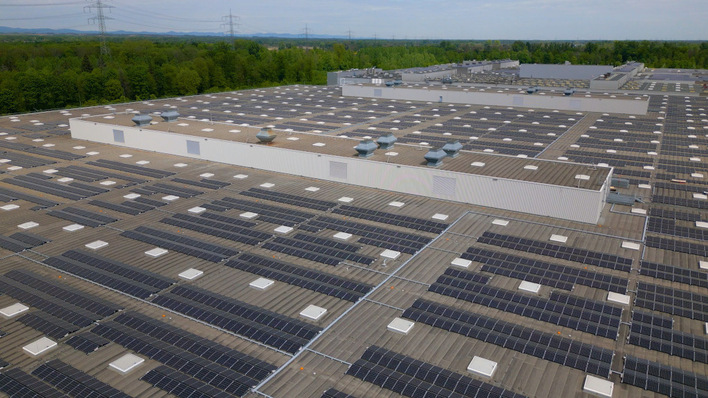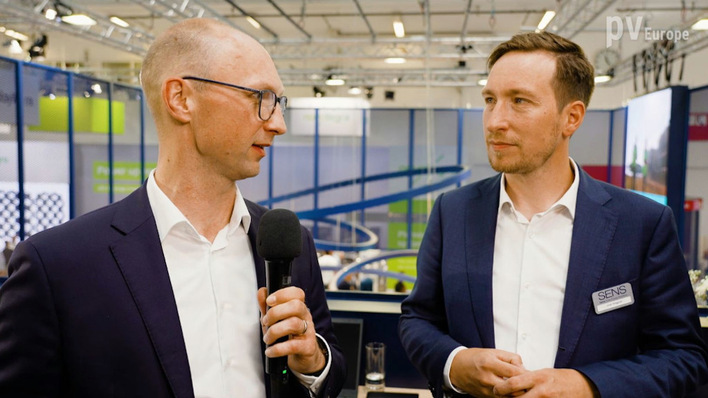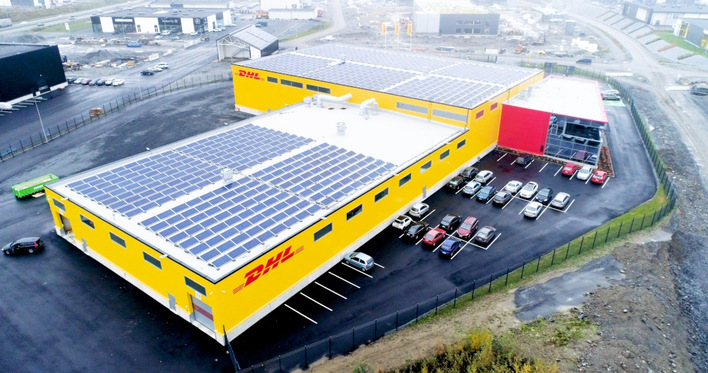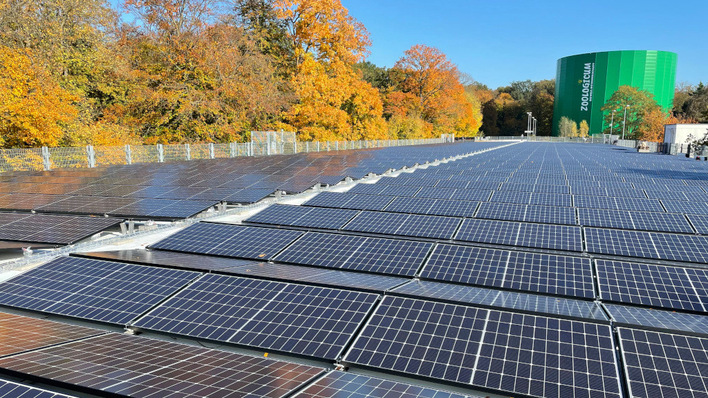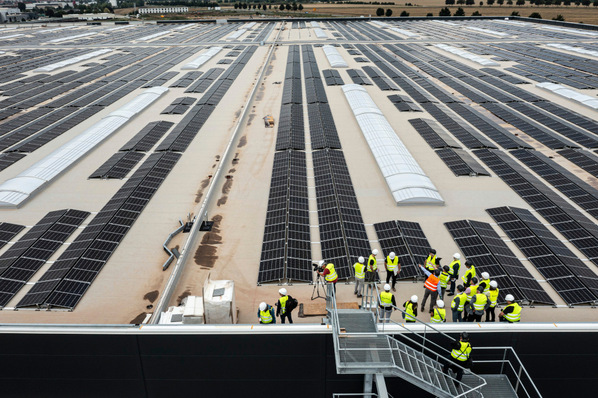On 4 January 1493, the discoverer of the New World, Christoph Columbus, sailed along the north coast of an island when he discovered a distinctive mountain. He gave it the name Monte Christy, which later became El Morro de Montecristi. Today, the small province of the same name is located in the north-west of the Dominican Republic on the border with Haiti. Its inhabitants live from fishing and agriculture - rice is cultivated here thanks to the heavy rainfall. Another product: electricity. The Montecristi Solar Park has been here since 2018. Over an area of two square kilometres, the project developer F&S solar installed 215,000 photovoltaic modules generating 58 megawatts. So, the largest solar park in the Caribbean was created.
Demanding environmental laws for property developers
Discussions on the construction started back in 2014, but took until 2017 for all preliminary work to be completed. The Dominican Republic has many regulations that are interpreted differently by different persons. This means that many approval steps are required for the electricity grid connection. The general contractor also has to carry out a variety of studies, starting with topographic risk and flood risk studies, through to archaeological and environmental studies. One result was, for example, that land needed to be reserved as compensation zones to preserve protected plant species, and had to be maintained on a permanent basis. At the same time, nature is under threat at other places on the island and this remains unaffected by regulations. "You have to deal with and accept these bureaucratic challenges", according to Jens Brücken, Technical Director at F&S solar service GmbH in Euskirchen, who stayed on the island for a long period during construction.
Did you miss that? Facing the sun in South Africa
In many countries where F&S solar builds photovoltaic power plants, the company sets up a local head office – as it did in Montecristi. Several persons have been working there since 2016. On completion, F&S solar normally hands over the park to the operator ready for use. F&S solar holds 35 per cent of the shares, the rest going to Blue Elephant Energy in Hamburg, which invests in and operates solar parks around the world. The external capital comes from European development banks – DEG from Cologne, FMO in the Netherlands and BIO in Belgium. DEG has scrutinized and accompanied the entire project process in line with the environmental and social standards set by the World Bank. F&S solar quantified the total investment as USD 87 million.
The customs authorities keep a close watch
Having a local company head office simplifies cooperation with the authorities, especially with customs, which requires a lot of patience in the Dominican Republic. The country protects its economy with high import duties of over 40 percent, while at the same time renewable energies are to be promoted, for which the duties are reduced to zero. This attracts freeloaders. “There’s plenty of trickery going on. Some importers claim their goods have something to do with renewables, but taking a closer look reveals this not to be true at all", says Brücken. In order to take advantage of the reduced customs duty, the importer must therefore provide precise proof that the goods are actually intended for use in a solar park, for example. F&S solar meets this demand from the customs authorities with “picture books”, as they are called internally. These are documents with pictures of the components and easy-to-understand texts describing where these components are installed.
Labelled and illustrated cables
Lapp supplied many of these picture books for this project, as all the cabling for the solar park comes from the global market leader for integrated cable and connection systems. Specifically: 1060 kilometres of string cables for connecting the modules, 34 km of DC main cables for connection to the inverters and 39 km of fibre optic cables for data transmission. The aluminium cables for the medium-voltage section are true heavyweights. Their conductors have a cross-section of 80 square millimetres. For a length of 115 kilometres, large low-loader trucks transport countless tons to the construction site. "Lapp in Germany has supported us in an outstanding fashion and provided every cable drum and every package of cable ties with a picture and descriptions in English and Spanish", says Brücken. This made customs formalities considerably easier – but unfortunately not always. "It still happened occasionally that a shipment was stuck in customs for eight weeks and you didn’t know exactly what the reason was".

Lapp
F&S solar always works with local companies and the native workforce wherever possible. Up to 150 native workers were employed in Montecristi during the construction phase. Today and for the rest of the service life, 15 employees work to maintain the solar park, seven others work shifts in a supervisory capacity in the transformer station and others in monitoring the plant. A great deal of expertise is required for commissioning the medium-voltage section, which includes correct earthing, installing the terminals, and the taking measurements for acceptance. "Not everyone feels they are up to this", says Brücken. "We would like to receive service whereby everything comes from a single source – from component delivery through to commissioning". This is where the support of Lapp's experts can be in demand. A pilot project for services in commissioning and checking systems is currently in the trial phase.
Second expansion phase planned
Lapp is also to be closely involved again with the Montecristi 2 Solar Park. F&S solar is currently working on a specification document that describes how consistent picture books for the customs authorities should look. The second expansion phase has been planned since 2018, but construction has yet to begin. The reason is that the electricity grid is too weak for an additional 58 megawatts, while there is hardly any industry or tourism in the north of the island. The energy is needed more in the south. The government of the Dominican Republic is therefore planning a cable from north to south, whereby the project could also be relocated to the south. But work won't run out before it gets this far. Jens Brücken: "We are planning several other projects in different countries and we look forward to the good cooperation with Lapp there too". (hcn)
Also interesting: Lapp supplies largest solar park in Austria


